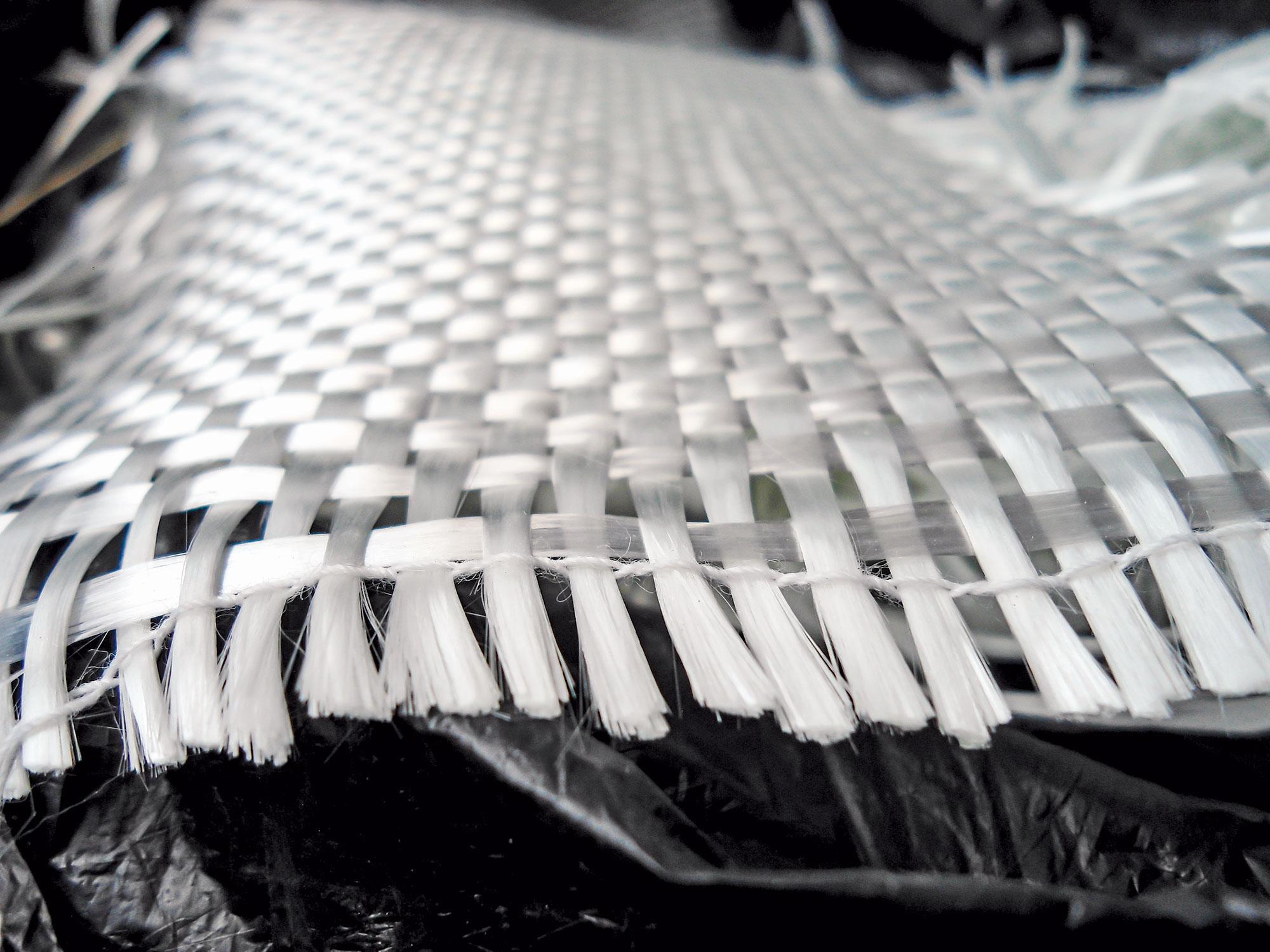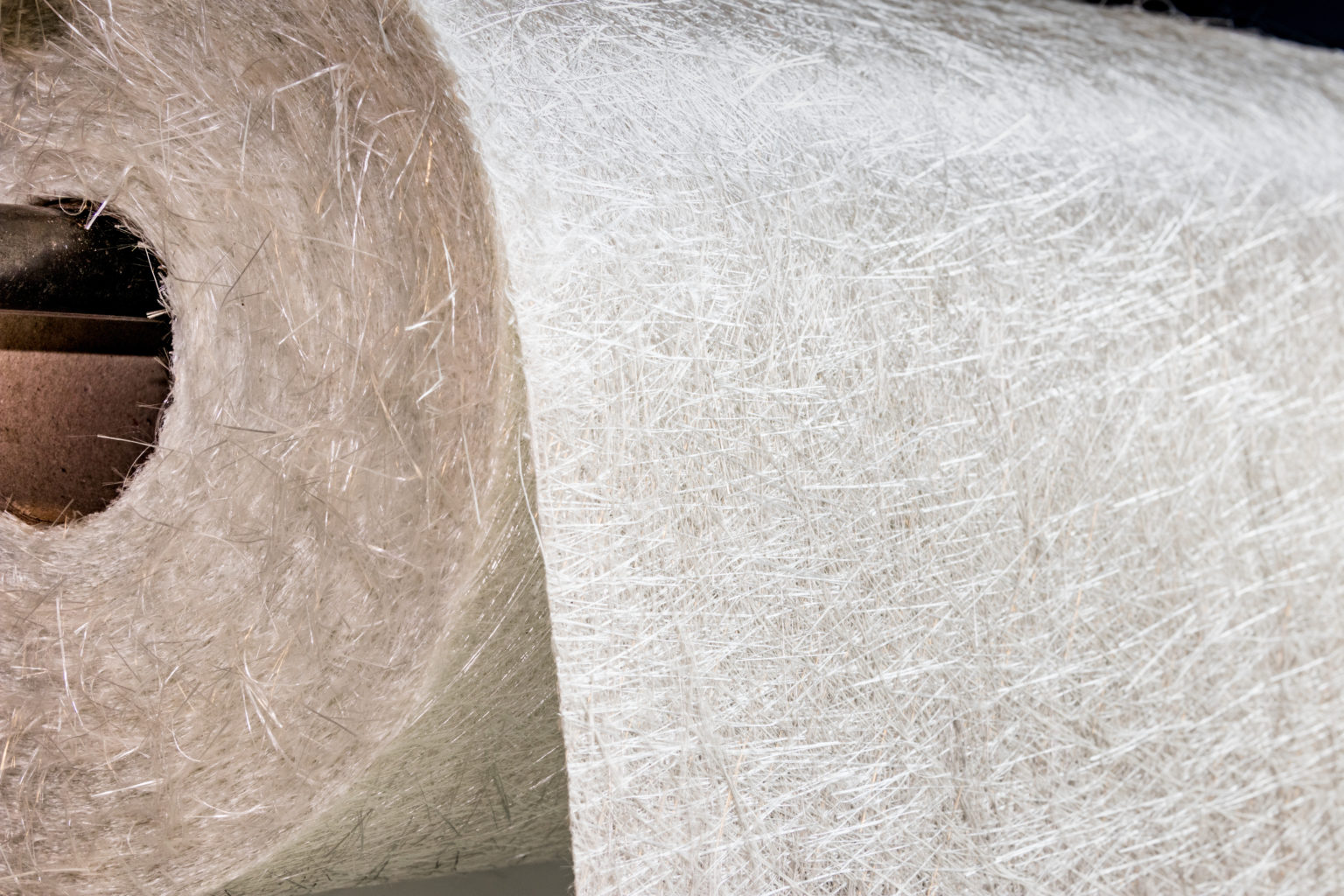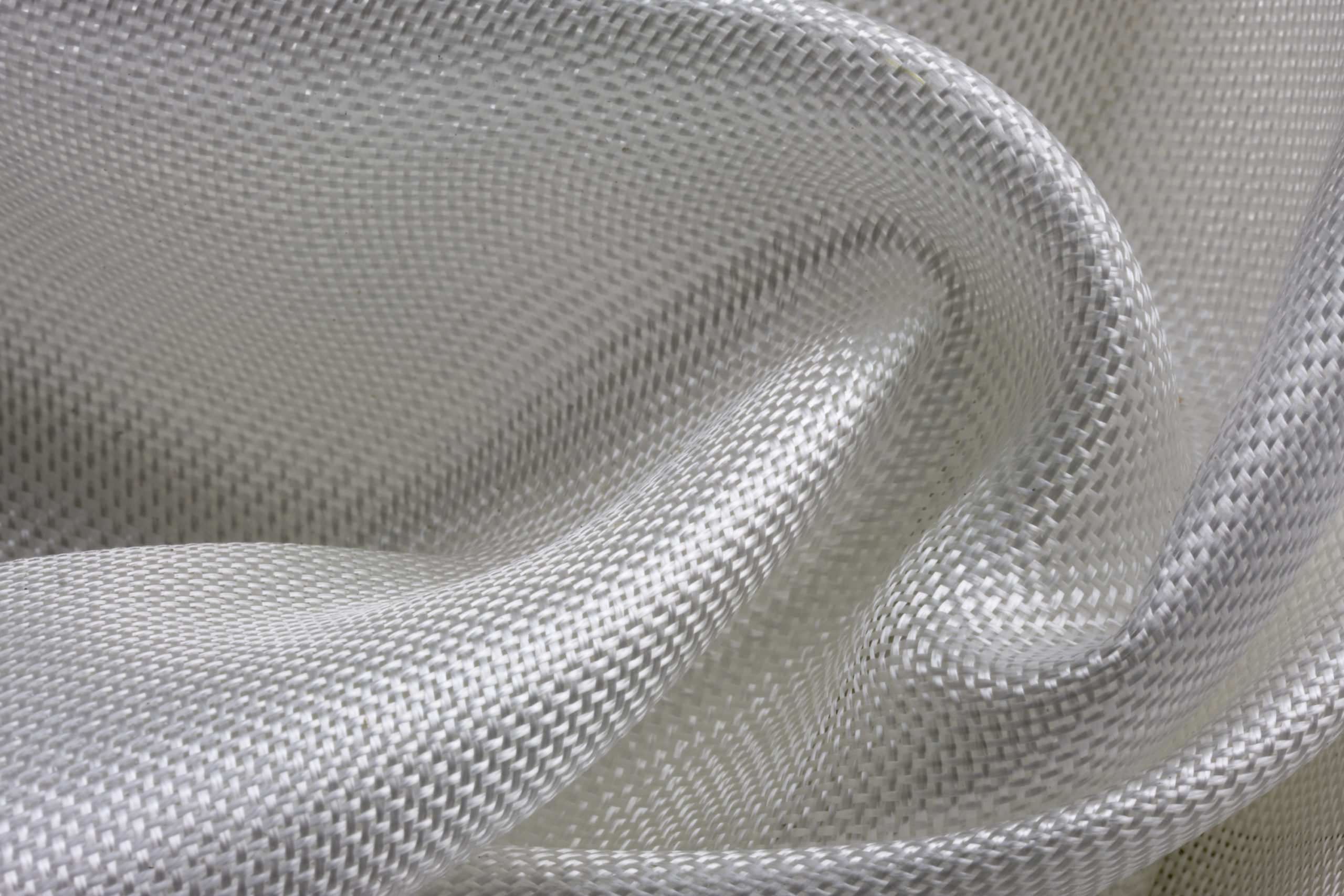When you think about the materials that make up your home, you probably picture wood, fabric, and perhaps some metal, but have you ever paused to consider what truly goes into the things we interact with daily? It's a curious thing, really, how many different components are quietly doing their job, often out of sight, helping to create the comfort and function we rely on.
There are so many interesting materials that play a part in modern living, some of which you might not expect to find in certain places. For instance, the very fibers that give a soft feel to your floors or the sturdy build to your furniture are a whole world unto themselves. Knowing a bit more about these elements can, in a way, help you feel more connected to your living space and the items within it.
Today, we're going to pull back the curtain just a little on a material that's quite common in many products – fiberglass. We'll explore what it is, how it's made, and then we'll consider the idea of fiberglass in carpet, what that might mean, and what questions you might have about it. It's a topic that, you know, some people wonder about, and getting some clarity can be quite helpful.
- What Is The Dog From The Proposal
- Doc On Fox True Story
- Mary J Blige In Power
- Cillian Murphy And Emily Blunt Movie
- Carlys Parents Brandon And Teresa
Table of Contents
- What is Fiberglass, Really?
- How Does Fiberglass Come to Be?
- The Many Forms and Uses of This Material
- So, Why Talk About Fiberglass in Carpet?
- Common Carpet Materials Versus Fiberglass in Carpet
- What Happens If Fiberglass is in Carpet?
- Identifying Potential Fiberglass in Carpet Concerns
- How Can You Feel Good About Your Home's Materials?
What is Fiberglass, Really?
To begin, let's get a handle on what fiberglass actually is. Basically, it's a type of composite material. What that means is it's made up of two or more different materials working together to create something with new, often better, characteristics than its individual parts. In the case of fiberglass, the key ingredient is glass, but not the kind you find in a window pane. This glass is spun into incredibly thin, almost hair-like threads. These tiny glass strands are then combined with a resin, which acts like a glue or binder, holding everything together and giving the material its shape and firmness. It's really quite ingenious, if you think about it, how something so fragile as glass can be transformed into something so strong.
These extremely fine fibers of glass, which are the heart of fiberglass, can be arranged in a couple of different ways. Sometimes, they're just sort of, well, randomly placed, creating a kind of mat. Other times, they are pressed down and flattened into a sheet, which gives the material a bit more uniformity and stability. This flexibility in how the fibers are put together means that fiberglass can be shaped and molded for many different purposes. It's actually a pretty versatile material, offering a lot of possibilities for various applications, which is why it shows up in so many unexpected places.
The beauty of fiberglass, you see, comes from this combination. The glass fibers provide strength and stiffness, while the resin gives it shape, protects the fibers, and allows it to be formed into complex designs. This makes it a really popular choice for things that need to be both light and tough. It's a material that, quite literally, takes advantage of the best qualities of its individual parts, offering a unique blend of durability and adaptability for a wide array of uses, which we'll get into a little more later on.
- Kim Kardashian Party
- Does Vanessa Get Skin Removal Surgery
- Bk Whopper Jr 2 For 5
- Daniel Smith Wife
- Demi Lovato Christmas Tree
How Does Fiberglass Come to Be?
The way fiberglass is made is, frankly, pretty fascinating. It starts with glass, much like the glass you might be familiar with, but then it goes through a rather special process. The glass is heated until it becomes molten, a liquid state, you know, like very hot honey. Then, this hot, gooey glass is pushed or pulled through superfine holes. Think of it like making spaghetti, but on a microscopic level, creating these incredibly tiny, thin filaments. It’s this transformation from a solid block of glass to these delicate threads that gives fiberglass its unique qualities.
Once these thin threads are formed, they are gathered and treated in various ways, depending on what the final product will be. They might be twisted into yarn, or, as mentioned, laid out in a random pattern, or even flattened into a sheet. This initial creation of the fibers is what gives fiberglass its strength-to-weight ratio, a quality that makes it so valuable in many different fields. It's a process that, really, takes a simple material and gives it a whole new purpose and capability, allowing it to be used in ways you might not initially consider.
It's also worth noting that fiberglass isn't just one thing; it's available in a wide range of formulations. This means that the specific type of glass used, the way the fibers are made, and the kind of resin they're combined with can all be adjusted to give the final material different properties. Some formulations might be extra strong, others more flexible, and some might be designed to withstand certain environmental conditions. This adaptability is, in fact, one of its greatest strengths, allowing it to be precisely suited for countless applications, which is quite clever.
The Many Forms and Uses of This Material
Because of its versatility and desirable characteristics, fiberglass finds its way into an impressive array of products. You might be surprised by just how many things around you contain this material. For instance, fiberglass can be used in many ways, like in pools, where its durability and resistance to water make it an ideal choice for creating sturdy, long-lasting structures. It helps pools hold their shape and stay watertight, which is, you know, pretty important for something that holds thousands of gallons of water.
Beyond swimming pools, you'll find fiberglass contributing to the strength of doors, making them more resilient and often lighter than traditional materials. It's also a common component in sports gear, where its combination of lightness and strength can give athletes an edge, allowing equipment to be both powerful and easy to handle. Think of things like kayaks, skis, or even some parts of bicycles; fiberglass helps them perform better. It's a material that, quite simply, enables performance and longevity in demanding applications.
And then there's the automotive world. Fiberglass is used in cars, particularly in body panels and other structural components, because it helps reduce the vehicle's overall weight, which can improve fuel efficiency and performance. It's a material that allows for complex shapes and designs, giving car manufacturers more freedom in how they build their vehicles. So, from the recreational to the practical, fiberglass is actually quite a pervasive material, making a significant impact on how many products are designed and function in our daily lives.
Suppliers like Fibre Glast, for example, specialize in providing fiberglass and other composite materials. They offer a source for things like carbon fiber, kevlar, fiberglass itself, various resins, gel coat, and much more. This shows that there's a whole industry built around supplying these advanced materials for a multitude of projects. They carry a variety of resins, fiberglass reinforcements, carbon, gel coat, fillers, boat pour foam, and other products needed for your project, which really highlights the diverse needs of those working with composites. It's clear that fiberglass is a fundamental building block for many different industries.
So, Why Talk About Fiberglass in Carpet?
Now, this brings us to the core of our discussion: why would someone even think about fiberglass in carpet? It's a fair question, really, especially since carpet is typically known for its soft, textile feel, quite different from the rigid, strong image that fiberglass usually brings to mind. People tend to associate carpet with natural fibers like wool or synthetic ones like nylon or polyester, materials chosen for their comfort, warmth, and sound-dampening qualities. So, the idea of glass fibers in something meant to be walked on barefoot might seem, well, a little out of place or even concerning.
The curiosity about fiberglass in carpet might stem from a general awareness of how many composite materials are used in everyday items, sometimes in ways we don't immediately recognize. Since fiberglass is made of tiny, thin filaments, and carpet is also made of many fibers, it's not a huge leap for someone to wonder if these glass filaments could be incorporated into carpet for some reason. Perhaps for added strength, durability, or even fire resistance, though those are just speculative reasons. It's a question that, quite naturally, pops up when you start thinking about the hidden components of household items.
Moreover, there's a growing interest in understanding the materials that make up our indoor environments, particularly for those who spend a lot of time at home or have sensitivities. People are becoming more thoughtful about what they bring into their living spaces, and that includes the very fibers underfoot. So, exploring the possibility of fiberglass in carpet is part of a larger conversation about material awareness and ensuring our homes are as comfortable and safe as we'd like them to be. It's a valid point of inquiry for anyone who values transparency about their home furnishings.
Common Carpet Materials Versus Fiberglass in Carpet
When we talk about carpet, we're usually thinking about a soft floor covering made from a dense collection of fibers, often looped or cut to create a plush surface. The most common materials used for carpet pile are synthetic, like nylon, which is known for its durability and resilience, or polyester, which offers good stain resistance and a soft feel. There's also polypropylene, which is quite water-resistant, and natural fibers such as wool, prized for its luxurious feel, natural elasticity, and flame resistance. These materials are chosen specifically for their tactile qualities, their ability to withstand foot traffic, and their insulating properties, which is, you know, pretty important for a floor covering.
The characteristics of these traditional carpet fibers are quite different from those of fiberglass. Fiberglass, as we've discussed, is made from extremely fine fibers of glass, combined with a resin to form a rigid composite. While these glass fibers are indeed very fine, they are still glass. If they were to be present in a carpet in a way that exposed individual filaments, it could potentially change the feel and safety profile of the carpet. The purpose of carpet is typically to provide softness and warmth, qualities that are not generally associated with glass fibers. It's a rather different kind of material altogether.
So, when considering fiberglass in carpet, one would have to think about how these two very different material types could coexist or if it would even be practical. While fiberglass is excellent for structural components or items needing rigidity, its texture and potential for fiber release would be a significant consideration for a material meant to be soft and walked upon. It’s a bit like trying to fit a square peg in a round hole, in some respects, unless it's used in a very specific, encapsulated way that doesn't expose the individual glass filaments. This distinction is, actually, quite important when evaluating materials for home use.
What Happens If Fiberglass is in Carpet?
If, hypothetically, fiberglass were to be incorporated into carpet, one might wonder about the implications. Since fiberglass is made by heating glass and creating tiny, thin filaments, these individual filaments, if not properly bound or contained, could potentially become dislodged. When these microscopic glass threads become airborne or are exposed on a surface, they could, you know, cause irritation upon contact with skin or if inhaled. This is a common concern with fiberglass in other applications where it might be exposed, such as insulation, which is why proper handling and installation are often emphasized.
The fibers may be randomly arranged or flattened into a sheet when fiberglass is manufactured. If such a material were to be used in carpet, the way it's constructed would be absolutely key. For carpet to remain comfortable and safe for bare feet, any glass fibers would need to be very securely encapsulated within the carpet's structure, perhaps within a backing layer or deeply embedded in a way that prevents them from breaking off or rising to the surface. Otherwise, the very nature of these fine filaments could lead to a less-than-pleasant tactile experience. It's a practical consideration, really, for any material meant for frequent physical contact.
The main purpose of fiberglass in its typical uses, like in pools, doors, sports gear, and cars, is to provide structural integrity, strength, and lightness. These are not typically the primary qualities sought in a carpet, which is usually valued for its softness, warmth, and sound absorption. Therefore, if fiberglass were to be present in carpet, its role would likely be for a very specific, perhaps reinforcing, purpose, rather than as a primary fiber in the pile itself. Any such application would, of course, need to address the potential for fiber release to ensure user comfort and safety. It's something that, honestly, would require careful engineering.
Identifying Potential Fiberglass in Carpet Concerns
For those who are concerned about the materials in their home, identifying what's truly in a carpet can be a bit tricky without specialized tools. Most carpet manufacturers provide detailed specifications about the materials used in their products, typically focusing on the pile fibers and backing materials. If fiberglass were a component, especially in a way that could cause concern, it would generally be disclosed. However, if you're experiencing unusual skin irritation or respiratory issues that you suspect are related to your carpet, it's certainly worth investigating. This is, you know, a fairly common approach to material concerns in the home.
One way to gain some peace of mind is to check the product information provided by the carpet manufacturer or retailer. They are usually quite transparent about the main components of their carpets. If you're looking for information specifically about fiberglass in carpet, you would typically find it mentioned if it were a significant or potentially exposed component. For older carpets, or those without clear labeling, it can be harder to know for sure, but generally, if a carpet feels soft and behaves like a typical textile, it's unlikely to contain exposed glass fibers. It's a good practice, really, to always check product details.
Should you have persistent concerns, or if you suspect an unusual material presence, consulting with a professional who specializes in indoor air quality or material testing could be an option. They might be able to take samples and analyze them to determine the exact composition of your carpet. While it's rare for fiberglass to be a primary or exposed fiber in residential carpets, understanding the materials in your living space is a valid pursuit. It’s about feeling comfortable and confident in your home environment, which is, actually, a pretty important thing for most people.
How Can You Feel Good About Your Home's Materials?
Feeling good about the materials in your home often comes down to a few key things. First, it's about being informed. Taking the time to learn a little about common building and furnishing materials, like fiberglass and the various fibers used in carpets, can really help. Knowing what these materials are, how they're made, and what their typical uses are, helps you make more thoughtful choices. It's about building a basic understanding, which, you know, empowers you as a homeowner or resident.
Secondly, when you're making new purchases for your home, whether it's carpet, furniture, or anything else, don't hesitate to ask questions. Reputable manufacturers and retailers are usually happy to provide details about the composition of their products. Look for certifications or labels that indicate adherence to safety standards or environmental considerations. This proactive approach can give you a lot of confidence in the items you bring into your personal space. It's a simple step that, truly, makes a big difference.
Finally, trust your senses and address any concerns you have. If something feels off, or if you're experiencing unexpected reactions, it's always worth looking into. While the presence of exposed fiberglass in carpet is not a typical characteristic of standard residential carpeting, being aware of material properties and knowing where to seek information can help you maintain a comfortable and healthy home environment. It's about creating a space that, at the end of the day, feels safe and welcoming for everyone who lives there.
In short, we've explored fiberglass, a composite material made from fine glass fibers, created by heating glass and drawing it through tiny holes. It's used in many things like pools, doors, sports gear, and cars because it's strong and light. We then considered the idea of fiberglass in carpet, noting that carpet usually uses soft fibers like nylon or wool. We discussed what might happen if fiberglass were in carpet, focusing on the texture of the tiny filaments and how they might need to be contained. We also touched on how one might check for materials in carpet and how to feel confident about the materials in your home.
- Ellen Degeneres Lives Where
- Brad Pitts Friend
- Alexei Mentzer Judge Judy Grandson
- Hijos Angelina Jolie 2024
- Does Steve Kerr Have A Son


